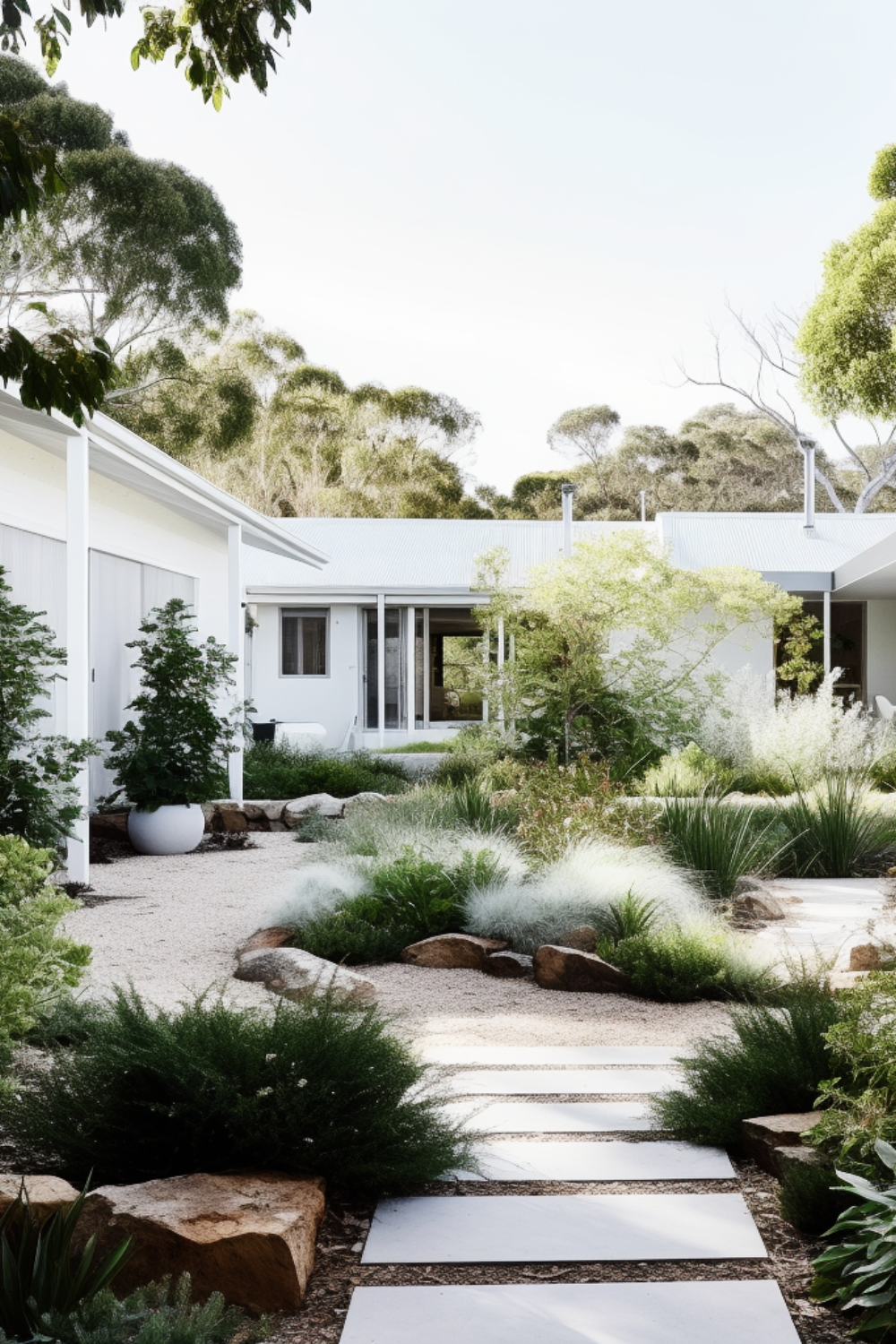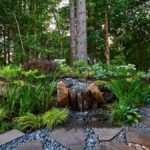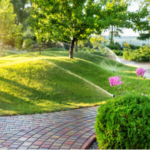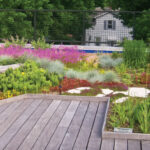Sustainable landscaping is a growing trend in the world of gardening and outdoor design. It involves practices that are environmentally friendly and help to conserve resources while creating a beautiful and functional outdoor space. This approach to landscaping focuses on using native plants, reducing water consumption, and minimizing chemical use to create a more sustainable and eco-friendly environment.
One of the key principles of sustainable landscaping is the use of native plants. Native plants are well adapted to the local climate and soil conditions, requiring less water, fertilizer, and maintenance than non-native species. By using native plants in landscaping, homeowners can reduce the need for irrigation, lower maintenance costs, and create habitat for local wildlife. Additionally, native plants can help improve soil quality and prevent erosion, making them a more sustainable choice for landscaping projects.
Another important aspect of sustainable landscaping is water conservation. In many parts of the world, water resources are becoming increasingly scarce, making it important to design landscapes that are water-efficient. Sustainable landscaping practices can include installing rain barrels and drip irrigation systems, utilizing drought-tolerant plants, and designing landscapes that capture and retain rainwater. By reducing water consumption in landscaping, homeowners can save money on water bills and help to conserve this valuable resource.
Chemical use is another area where sustainable landscaping practices can make a positive impact. Many traditional landscaping practices involve the use of chemical fertilizers, pesticides, and herbicides, which can be harmful to the environment, wildlife, and human health. Sustainable landscaping focuses on using organic and natural alternatives to these chemicals, such as compost, mulch, and beneficial insects, to promote healthy soil and plants without the use of harmful chemicals. By minimizing chemical use in landscaping, homeowners can create a safer and more sustainable outdoor environment.
In addition to using native plants, conserving water, and minimizing chemical use, sustainable landscaping also involves creating wildlife-friendly habitats. By incorporating features such as bird feeders, butterfly gardens, and bee-friendly plants into landscaping designs, homeowners can provide food, shelter, and nesting sites for local wildlife. These habitats can help support biodiversity and create a more balanced ecosystem in the backyard, promoting a healthy and sustainable outdoor environment.
Overall, sustainable landscaping is a holistic approach to outdoor design that focuses on creating beautiful and functional spaces while conserving resources and protecting the environment. By using native plants, conserving water, minimizing chemical use, and creating wildlife-friendly habitats, homeowners can create sustainable and eco-friendly landscapes that benefit both people and the planet. By implementing these practices in landscaping projects, homeowners can reduce their environmental impact, save money on maintenance costs, and enjoy a more sustainable and beautiful outdoor space.
















